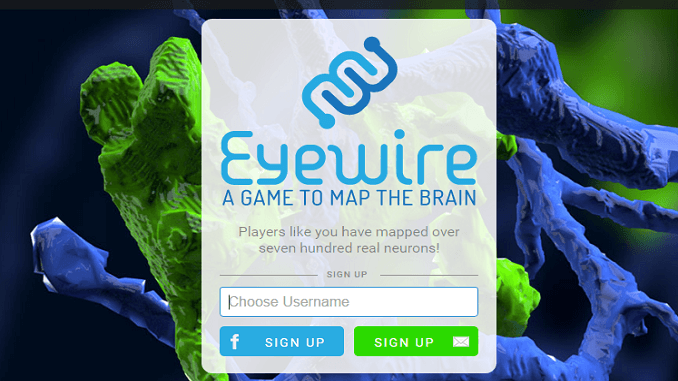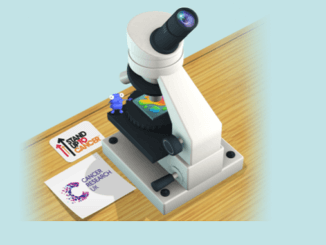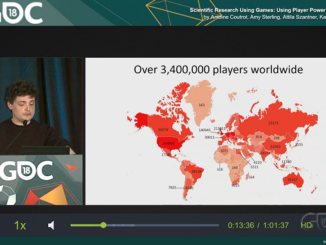
Play a game to help figure out how the eye works
Who says staring at a computer screen isn’t good for your eyes? Well, okay, in the short term, too much screen time isn’t good, but in the long term, a little computer game time from you will help researchers map the retina.
For Eyewire, mouse retinal samples have been collected and imaged by a microscope in 3D. These images have then been divided into smaller cubes, and a program has traced the neurons through the cubes. In many spots though, the computer has missed a connection, and it’s your job to fix that. Eyewire makes use of a nifty interface where you can explore and colour neurons within the retina, one slice of a cube at a time. Think of this as a very important 3-d colouring book.
A second phase of the project will involve identifying synapses — the connections between neurons.
Researchers want to understand and thoroughly map the neurons in the retina to obtain a better understanding of how the brain processes visual signals. Our understanding of the regions of the brain is improving, but trying to figure out how the brain works from the regional level is a bit like trying to figure out the play-by-play of a soccer game by listening to the crowd from a mile away. We need a far more granular knowledge of how it all fits together. For example, we now know that ganglion cells (the output cells of the retina) come in at least 15 or 20 types, each of which appears to have a distinct shape and function, and which in turn all connect to different types of cells in the rest of the retina.
As of this writing, Eyewire was still in private beta, but you can request an invite to join the fun here.
This article was written by Chandra Clarke (@chandraclarke) for citizensciencecenter.com
http://www.citizensciencecenter.com/play-a-game-to-help-figure-out-how-the-eye-works/


